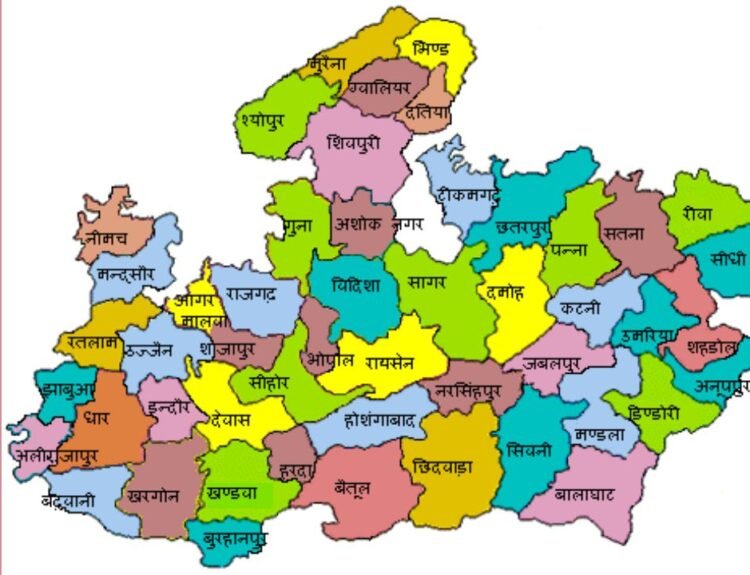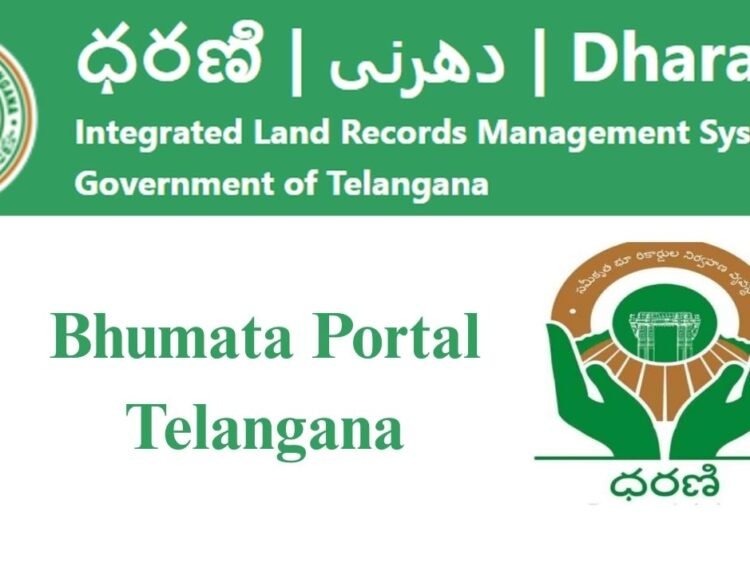The tea leoni tim daly split news left fans in shock. The individuals who adored the couple both on and off the screen could not believe the news. They were more than just co-stars. They were a power couple. And They were made for television. Made for real life, as well. Fans had grown up watching them for years. From the set of Madam Secretary to the red carpet, their love story was an inspiring one.
But love is complicated. Even great couples have storms. Their breakup was subdued. No arguments. No dramatics. Just a quiet farewell. Yet, the question remained. Why did they break up? What went wrong? Where are they now? On this blog, we cover it all. From their start to the aftermath. This is your complete analysis of the tea leoni tim daly split.
What Is the Tea Leoni Tim Daly Split?
The tea leoni tim daly split is the culmination of a long relationship. It was between actors Tim Daly and Tea Leoni. They met on the series Madam Secretary. They started dating around 2014. And they were together for almost a decade. Then they broke up. They never married. But their bond was strong. Both were divorced. Both had kids. Their relationship seemed perfect. So, the breakup seemed unexpected. It made headlines across media and fans. It became a hot topic in no time.
How the Tea Leoni Tim Daly Split Story Began?
The tea leoni tim daly split started with a bond that blossomed on set. Tea Leoni and Tim Daly met in 2014, playing a couple on Madam Secretary. Their roles drew them close. Soon, the chemistry off-screen became real. They shared long hours, scenes, and similar life paths. Romance naturally followed. Initially, they kept it low-key. But fans noticed the spark. Later, the couple appeared in interviews and events together. The bond looked genuine. Their smiles were natural. The love felt stable. That’s why the tea leoni tim daly split hit so hard. People were emotionally invested in their journey.
A Look at Tea Leoni’s Career After the Split
Tea Leoni didn’t slow down. She kept working. She stayed in the spotlight. But she became more selective. Her focus shifted to meaningful roles. She also gave more time to her children and charity work.
| Year | Movie/Show | Role |
| 1995 | Bad Boys | Julie Mott |
| 1998 | Deep Impact | Jenny Lerner |
| 2001 | Jurassic Park III | Amanda Kirby |
| 2014 | Madam Secretary | Elizabeth McCord |
Tea’s career shows depth. From comedy to drama. She proved her range. She remains respected in Hollywood. Her legacy continues to grow.
Tim Daly’s Acting Legacy and the Tea Leoni Tim Daly Split Impact
Tim Daly has always impressed me. He brings heart to every role. He’s known for emotional depth. His work speaks for itself. He also champions causes off-screen. Especially for arts and mental health.
| Year | Project | Character |
| 1990 | Wings | Joe Hackett |
| 2007 | Private Practice | Pete Wilder |
| 2014 | Madam Secretary | Henry McCord |
Tim’s career reflects consistency. He balances passion with purpose. He acts, directs, and leads change. His presence still matters in every role.
The Strong Bond Before the Tea Leoni Tim Daly Split
Before the tea leoni tim daly split, their connection felt solid. They shared more than roles. They shared values. They believed in privacy, co-parenting, and mutual support. Interviews showed their affection. Red carpets captured their unity. They laughed together. Worked in sync. And handled fame well. They weren’t flashy but very real. Their love story felt timeless. So when fans heard about the tea leoni tim, the heartbreak was collective. Their foundation seemed too strong to shake. Fans thought it would last. But it didn’t. That made the tea leoni tim daly split even more unexpectedly.
Reasons Behind the Tea Leoni Tim Daly Split
Every relationship has challenges. Theirs was no different. This didn’t happen overnight. There were signs. Things changed over time. Let’s explore why it may have ended.
1. Busy Work Schedules
Both were actors. Their lives were hectic. Filming schedules clashed. Days were long. Locations often far apart. Time together became rare. This likely built distance. Even love needs time. Without it, connections can fade.
2. Changing Life Goals
People grow. Sometimes, apart. Their priorities may have shifted. Personal dreams change with time. Tea and Tim might have wanted different futures. These small shifts matter. Over years, they add up. It may reflect that gap.
3. Privacy and Public Pressure
They liked to stay private. But being a celebrity is tough. Cameras follow. Questions never stop. Living under a spotlight can exhaust anyone. That pressure might have pushed them apart. Their quiet nature clashed with fame’s demands.
Fans React to the Tea Leoni Tim Daly Split
The announcement came quietly. But fans had loud feelings. Many turned to social media. They shared thoughts, emotions, and memories. Some were sad. Others showed deep respect. Their reactions reflected the bond they felt with the couple.
| Emotion | Fans’ Reactions |
| Sadness | “They were perfect together.” |
| Understanding | “Respect to them for keeping it classy.” |
| Hope | “Maybe they’ll work together again.” |
Fans didn’t just see them as actors. They saw them as a real couple with real love. That made the news harder to process. But their calm, mature breakup made fans respect them even more. It wasn’t just a split. It was a moment that touched many.
Life After the Tea Leoni Tim Daly Split
Life moves forward. Even after heartbreak. That was an ending. But also a new beginning. Both stars embraced this next phase in their own way.
1. Tea Leoni’s Path Forward
Tea focused on her family. She spent more time with her kids. She also stayed active with UNICEF. Her humanitarian work grew. She continued acting but chose wisely. Only meaningful roles. She stayed strong. The split didn’t stop her.
2. Tim Daly’s New Chapter
Tim leaned into advocacy. He supported arts in education. He pushed for mental health awareness. Still working in TV, he kept things balanced. Tim found strength in helping others. He kept his purpose clear.Tea leoni tim didn’t slow him down.
3. Mutual Growth, Separate Lives
Though apart, they thrived. No drama followed. No blame. Just respect. Fans still see their grace. Their bond may have shifted. But their maturity stayed. That’s why the tea leoni tim daly split still gets attention. Because it shows how to part with kindness.
Public Reaction and the Tea Leoni Tim Daly Split
The public expected noise. Drama. But none came. Instead, they saw grace. Silence spoke louder than words. And people respected that.
1. Support from Fans
Social media is filled with kind words. People shared their favorite moments. From red carpets to interviews. They remembered the joy. The bond Tea and Tim once shared. Fans thanked them for the memories. They also hoped both would stay happy.
2. Surprise and Sadness
Many were shocked. The split felt sudden. There were no warning signs. That added to the sadness. The couple looked strong. On and off screen. The news left fans heartbroken. They hoped it was just a rumor.
3. Respect for Their Privacy
Despite the buzz, people admired their silence. No interviews. No gossip. Just quiet separation. That maturity stood out. It felt real. Fans praised them for handling it right.
What the Tea Leoni Tim Daly Split Teaches Us?
Some breakups bring drama. Others bring lessons. It taught us how to let go with grace. Their story isn’t just about love. It’s about respect.
1. Love Can Be Real and Still End
Tea and Tim truly cared. Their bond was strong. But love alone isn’t always enough. Life gets complicated. People change. And that’s okay. It proves that even real love can run its course.
2. Respect Matters More Than Blame
There was no fighting. No ugly posts. No public blame. Just a quiet goodbye. They respected each other. And fans noticed. That kind of split is rare. It sets a great example.
3. Growth Doesn’t Always Mean Together
They both grew. But in different ways. Personal growth is good. But not always shared. That’s what likely happened here. Their growth created space. And that space ended the relationship.
In the end, we saw dignity. Strength. Peace. It’s a reminder that love, even in the end, can still inspire.
Conclusion: Remembering the Tea Leoni Tim Daly Split
The tea leoni tim daly split wasn’t loud. It didn’t come with blame or bitterness. Instead, it was a quiet end to a long journey. A story of love that began with strong roots. Grew with time. But eventually needed space. Fans didn’t just admire their roles, they admired their grace. They’ve gone separate ways now. But the story isn’t lost. It remains in every Madam Secretary scene. In every red carpet moment. In how they handled things. It’s rare to see a breakup handled so maturely. This split left lessons not just loss. And that’s why it still matters.
Read More Blogs:-)


